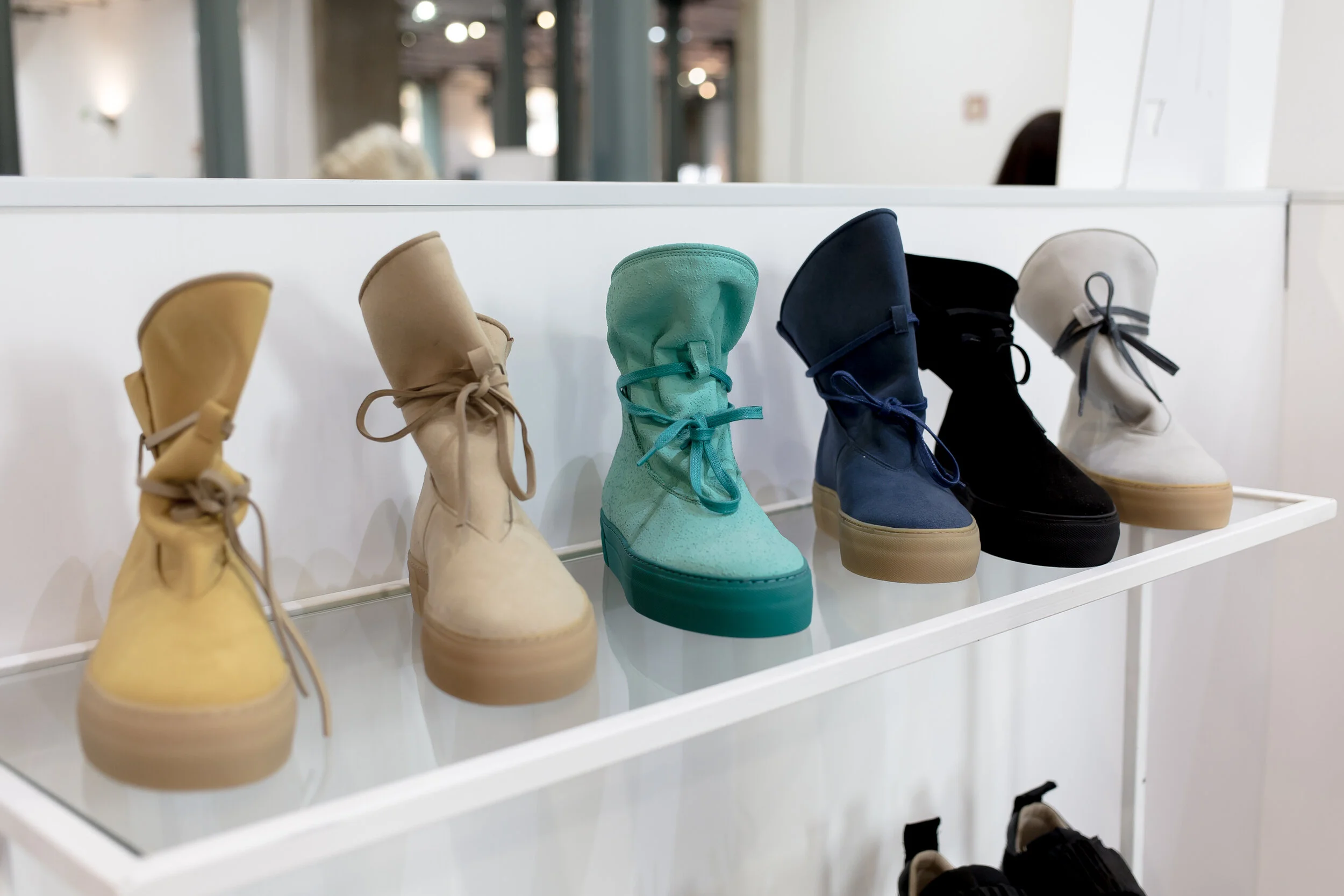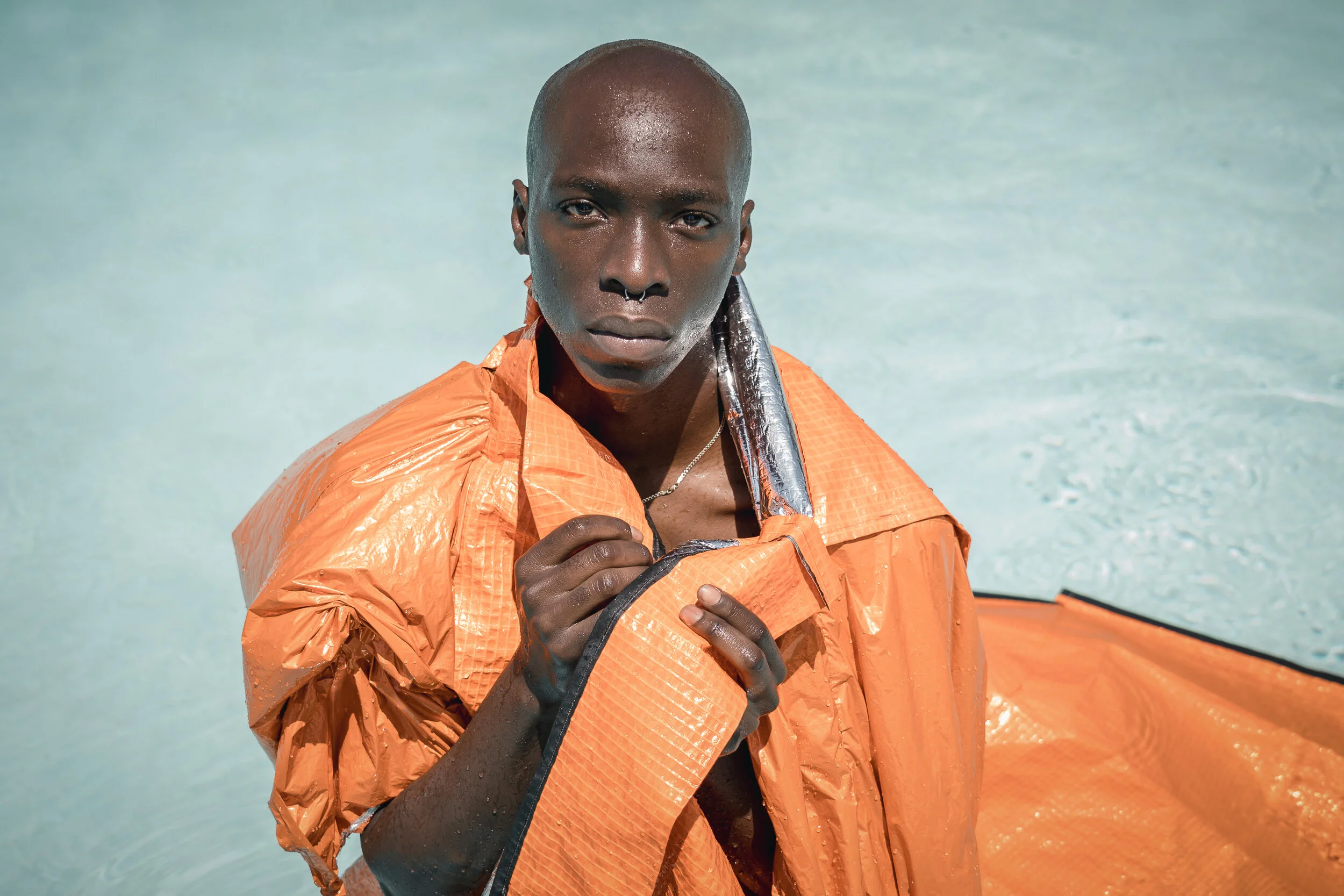Sustainable Path To New And Refreshing Slow Fashion
PAGE Magazine
By Darcy Fowkes
Magazines that follow the Slow Fashion Movement have published widely about the value of ReUse, both in terms of investing in a more circular fashion economy, as well as the practice’s promise to keep clothing out of our planet’s landfill as ling as possible.
We pretty much know the statistics of this astounding by product of Fast Fashion consumers. One in two people throw their unwanted clothes straight into trash according to EDGE fashion intelligence. This boils down to 64% of the 32 billion garments produced each year ending up in landfill.
I have first hand knowledge of this phenomenon, as I am the sole recipient of all of my step mother’s hand-me-downs, and have been for for many, many years. Some of the items were good to turn around and reuse: others gave me a design canvas with which to practice my up cycling skills.
My drive to learn to up cycle was inspired not only by the statistics mentioned above, but also by the value I saw in my stepmother’s discarded wardrobe. These treasures were fascinating puzzles. If I liked an item, but it didn’t quite fit, that was one puzzle to solve. If I liked something, but it was not quite ‘me’, that was another design challenge to embrace.
As an experienced seamstress, learning to up cycle was just an extension of skills I had already acquired. I was not afraid to use my scissors. But repurposing existing garments and home sewing are two very different animals. One gives you patterns to use, and very detailed instructions to follow. The other can only be described as the wild, wild west of designing. The good news about this lawless practice is that there are
No rules that you can break,
No mistakes that you can make!
Plus up cycling is much easier to learn than sewing from scratch. Much of your garment is already made, so you get to your finished product faster. But you do need some sewing skills, as I mentioned above, you cannot be afraid to cut.
I started my repurposing journey with t-shirts, as they are cheap and stretchy, and the world has way too many of them. So no matter what the outcome, you are doing the planet a favor. You can take them in, add panels to the sides to make them larger, cut new necklines, shorten or create cap sleeves, slice and dice the backs for all sorts of creative looks, or change the hem lines completely to dip in front and back, or create a high low hem for a layering garment over a tank top or sports bra.
I graduated from my t-shirt boot camp with a perfect pant pattern that fit me every time. My ensembles often start with the pants, and I build them from there. This ‘pattern’ gave me the confidence to branch out into other garments.
My design process starts with the fabric of a pre-loves (used) garment, or a combination of fabrics from a couple of garments. The next step is determining what part of the garment can be reused. In the picture above, both yellow pants were repurposed from men’s shirts. The garments’ sleeves became my pant legs.
The teal shirt pictured in the middle outfit above is the combination of two shirts that complimented each other. The plaid added some eye-popping detail to the teal top. To add even more ‘pop’ to the top, a yellow necktie was combined with the plaid fabric for a whimsical accessory.
These ‘looks’ might not be everybody’s eye candy, but they do successfully illustrate that up cycling can be a fun and successful path to an incredible wardrobe. And one that you can be sure, can and will never be duplicated. So take the plunge and jump in. You will discover a new and refreshing side of fashion.
Featured












Rich people need love too, but their busy schedules often make it challenging to find an ideal date in real life.